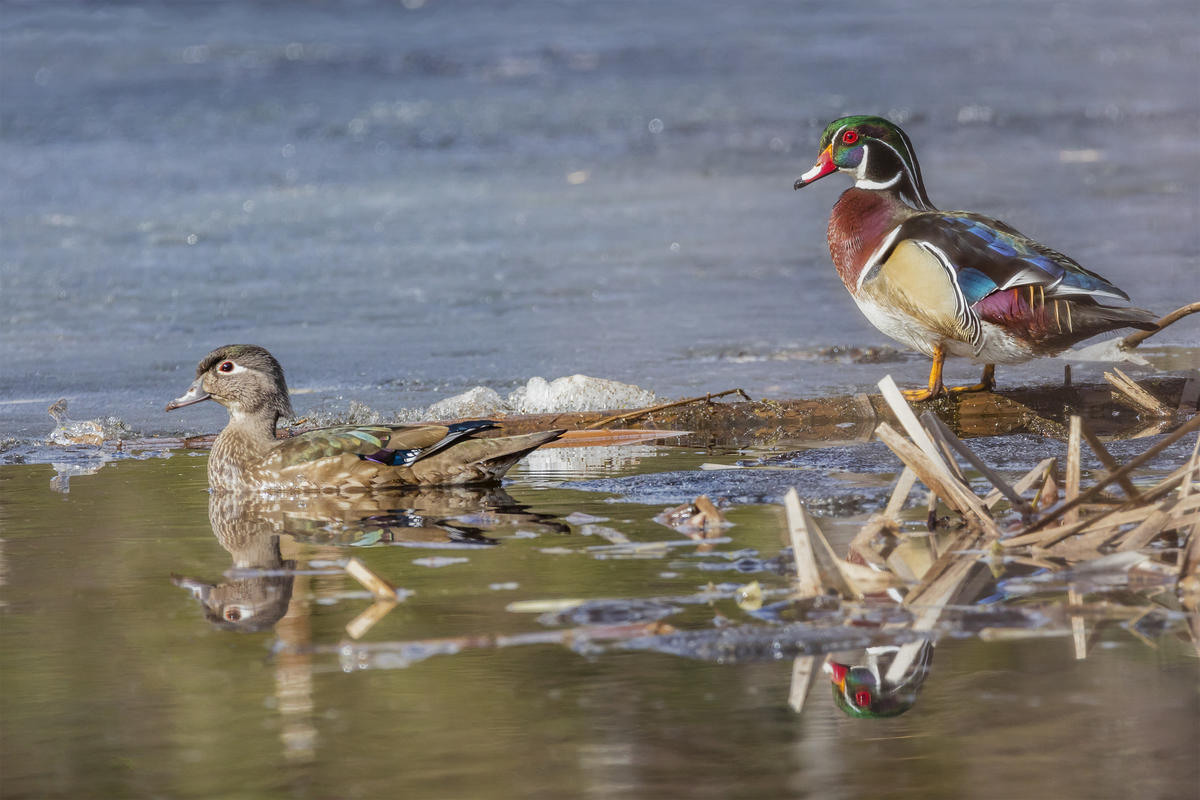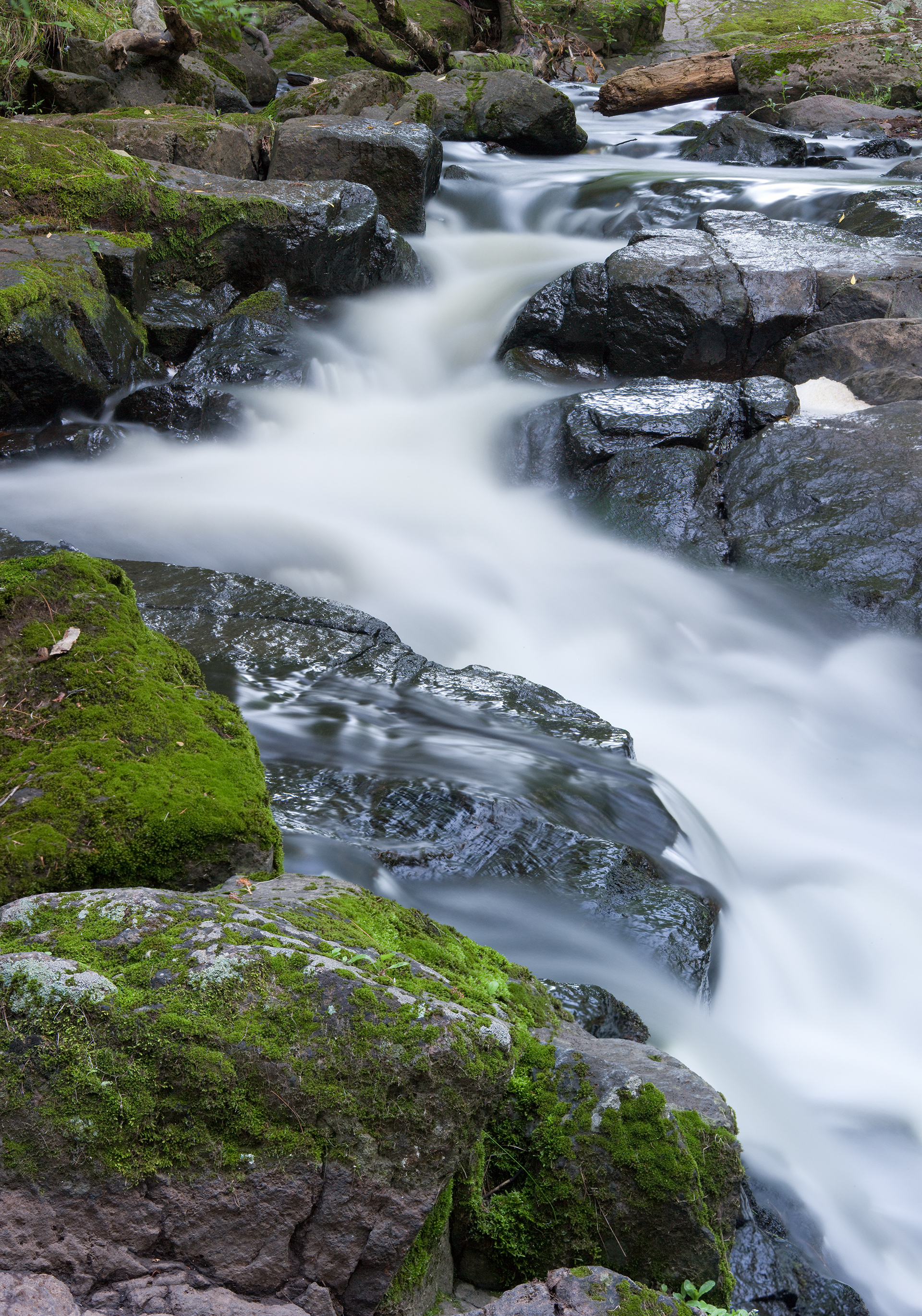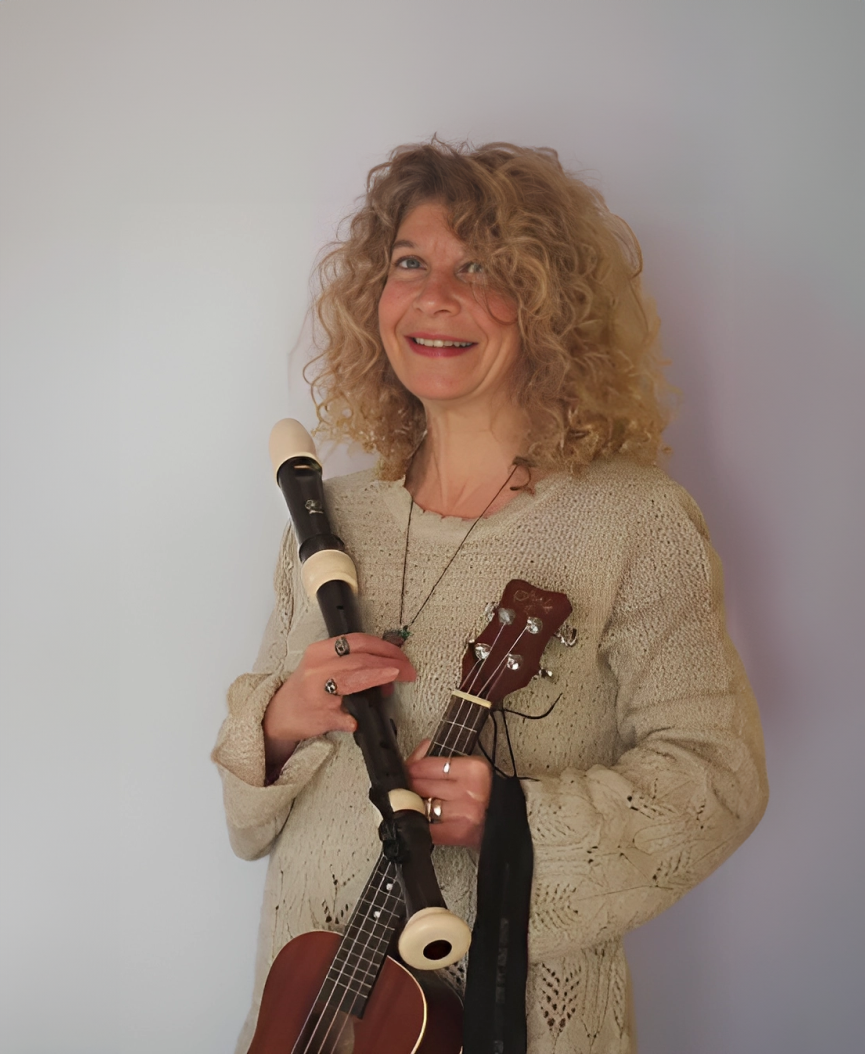The Scent of Spring
Spring arrives not from the ground, but first from the air, on the wings of wood ducks and trumpeter swans. The snow in the forest may still be waist-deep, but as soon as the ice melts from parts of the rivers and edges of ponds, they appear—eager to find the best nesting sites and stake out territories. Photographs from Craig Blacklock’s book, St. Croix and Namekagon Rivers—The Enduring Gift.
June 15, 2023
Craig Blacklock

Spring arrives not from the ground, but first from the air, on the wings of wood ducks and trumpeter swans. The snow in the forest may still be waist-deep, but as soon as the ice melts from parts of the rivers and edges of ponds, they appear—eager to find the best nesting sites and stake out territories.
With the open water come the first scents of the new season.
Winter has few smells humans can detect—the aroma of birch logs warming a home, of wet wool after a ski or snowshoe through the forest. But spring arrives with a punch to our olfactory receptors. Take a step into the mucky edge of a marsh and bubbles of earthy gas burst forth—the product of decaying vegetation. To some, this may be an unpleasant smell, but to me, it is the nostalgic smell of my boyhood days, as I explored the then-wild edges of lakes and ponds near our home in Eden Prairie, Minnesota, stalking the wildlife with my camera.
Eventually, the vernal changes reach the forest bringing forth a new and sweeter scent. Wave upon wave of different plant species take their turn covering the forest floor. At any given moment, it seems as though only one kind of plant is present. But return two weeks later and you might find the same to be true of a completely different species, each locked in a precisely-timed race to fulfill their life cycle before being overgrown by other plants or blocked from access to sunlight by the canopy above.
After months of the monotonous sameness of winter, spring’s rapid changes demand that we pay attention! So put on some rubber boots, head to a swamp or woodland, pause, and breathe deeply the scents of spring.




